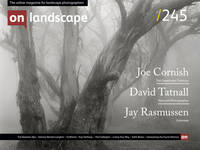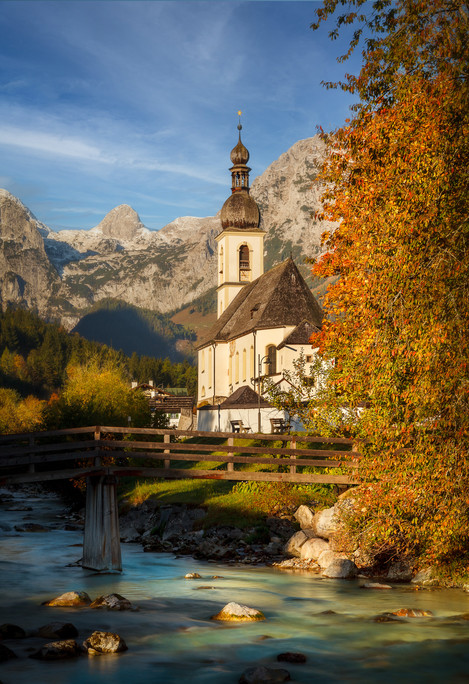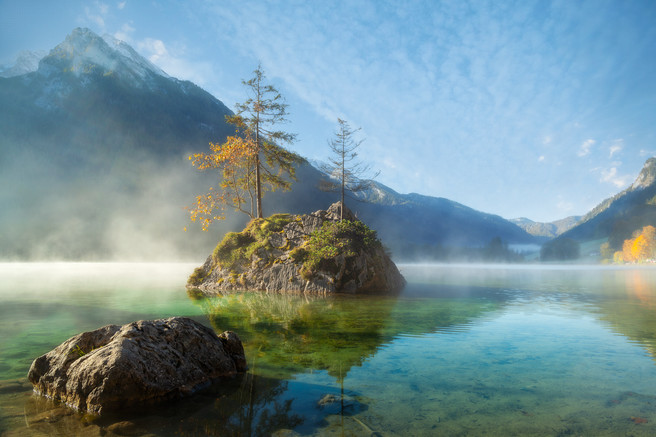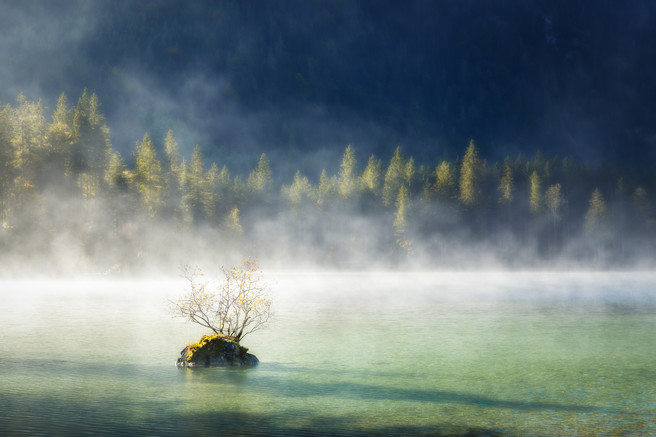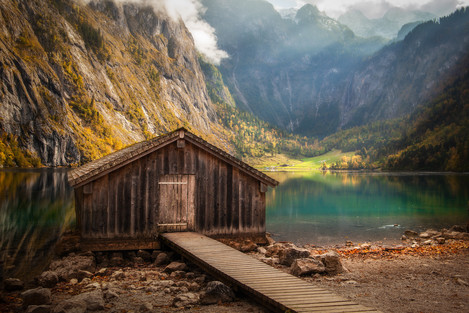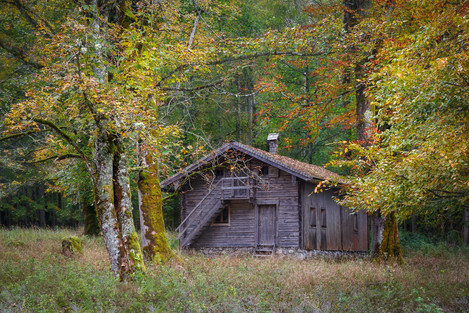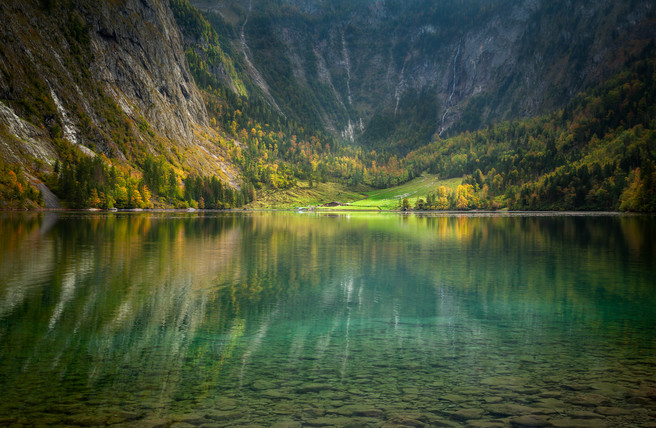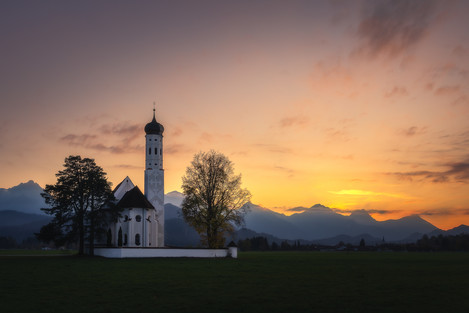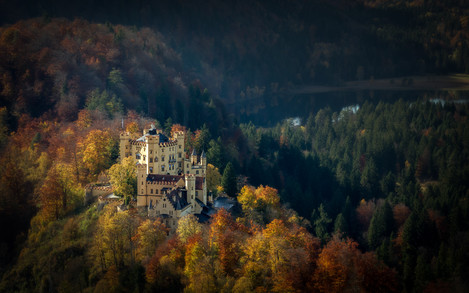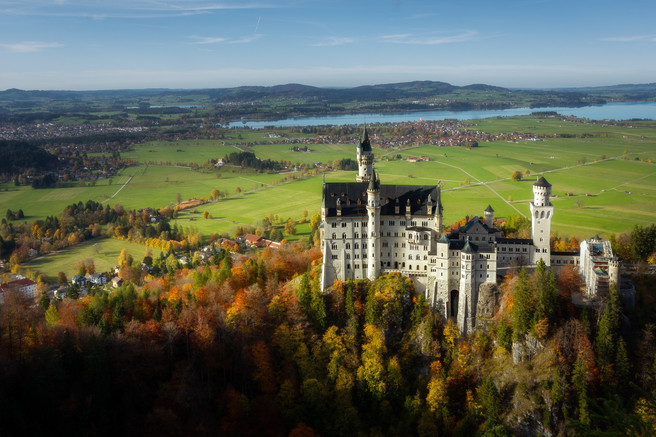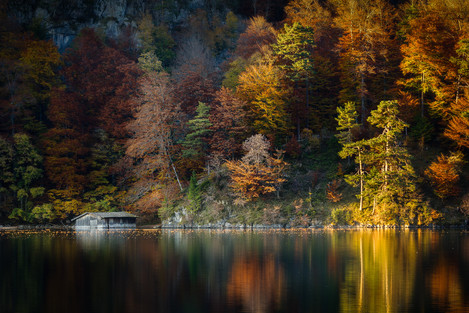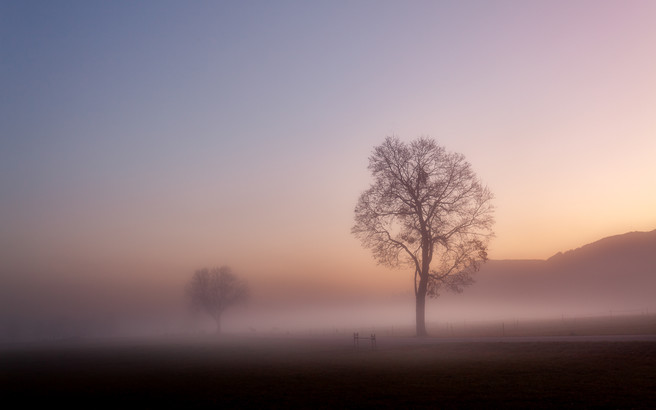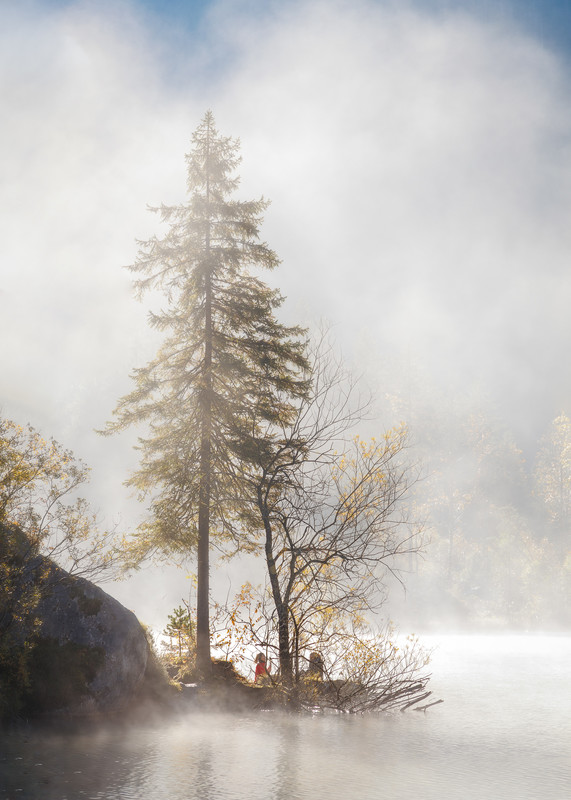A photography trip in the Autumn

Adriana Benetti-Longhini
I was born in Arusha, Tanzania in Africa below the slopes of Mount Meru and her majestic neighbour Kilimanjaro. During the 70's my parents left Tanzania for greener pastures in South Africa, first to Durban and then eventually to Johannesburg.
I studied Fine Arts in Durban, South Africa, where I ventured into the world of photography, loving the hours in the darkroom developing predominately black and white photos. I started my career in advertising, progressing to interior design and eventually to photography full time.
In recent years I have gone back to live in Asiago, northern Italy near the Dolomites where my ancestors originated. I have a huge love for Europe and the diverse beauty she offers, and this continues to inspire me to use the magic of light and capture what my eye sees and share it with the rest of the world.
Seventeen years ago I came to live in Northern Italy and, having always been a person who loves to travel, I set out to discover our neighbouring countries. Both Austria and Germany are not far away by car, so it is easy to visit these spectacular areas, even if just for a weekend.
One of the places that immediately attracted me, not only as a photographer but as a lover of different cultures, was Bavaria. I’ve heard many people describe this federal state in the southeast of Germany as very much “chocolate box”, as its beauty is classically outstanding. Yes, it is very “chocolate box”, but the photographic opportunities are limitless.
There are two areas which I can say that I know reasonably well. The first is the area of Berchtesgaden, which is a National Park and is located in the southeast of Germany adjoining the Austrian Salzburg region. Founded in 1978, the park includes an area of 210 square kilometres and is owned by the federal state of Bavaria.
It is no accident that Berchtesgaden boasts such impressive scenery as it is Germany’s only Alpine UNESCO Biosphere Reserve and it is also close to Germany’s only National Park in the Alps. For me, as a photographer, the combination of contrasts makes it so appealing: high Alpine peaks, unspoiled valleys and pristine lakes with a scattering of quaint villages and its ancient, cultural traditions.
I had been to Lake Königssee before, during Spring. However, this time I chose to return in Autumn which I knew would be impressive. The lake with its emerald green colour and nestled at the foot of the imposing eastern wall of Mount Watzmann in the heart of the Berchtesgaden National Park is one of nature's true masterpieces. It very much resembles a fjord and has virtually no paths around the lake, so to navigate it one has to board an electric passenger boat (introduced in 1909 to maintain the pristine condition of this alpine lake) which will take you to two drop off points where photographic heaven begins.
During the crossing to St. Bartholomew, the boatman plays his trumpet to lure out the world-famous Königssee echoes which resound from the steep rock face. In St. Bartholomew, the lovely pilgrimage church is world-renowned for its wine-red onion domes. Here, photographic opportunities abound. I chose to get off the boat at this point as the autumn forests and colours were what I wanted.
At the last stop, Obersee or the “upper Lake” as it is known in German, is one of the most beautiful lakes in the Alps and a place that I absolutely love and which is connected to Lake Konigssee by a ten minute walk. From Obersee Lake you can enjoy breathtaking views of the Bavarian Alps and the highest waterfalls in Germany, the 400 meter high Rothbach falls.
The second area that I know well is Fussen, also situated in Bavaria, and it is here that the world famous Neuschwanstein castle is situated. Again this is a highly popular destination that is to be avoided at all costs during the summer season.
In Autumn, the photographic possibilities are endless - especially around the lakes that are situated below the two castles. Obviously, a visit to the castles is a must if you have not seen them before; a short tour which is done in various languages with the guides very open to answering questions. I personally prefer Hohenschwangau castle which lies beneath Neuschwanstein as it is old and is great to photograph from the path that takes you up to Marienbrucke, a viewing bridge that gives stunning views of the surrounding countryside.
A little bit of information: Neuschwanstein is “modern” and was built by King Ludwig II of Bavaria, also known as the “mad king” atop a rock ledge over the Pöllat Gorge. Construction began in 1868 and was never completed. Neuschwanstein is known as a castle of paradox. It was built in a time when castles were no longer necessary as strongholds, and despite its romanticized medieval design, Ludwig also required it to have all the newest technological comforts. The lavish structure is complete with a walled courtyard, an indoor garden, spires, towers, and an artificial cave. In contrast to the medieval castles, it was modelled after, Neuschwanstein is equipped with running water throughout, including flush toilets and hot water in the kitchen and baths, and has a forced-air central heating system. The dining room is serviced by an elevator from the kitchen three stories below. Louis even made sure the castle was connected to telephone lines, although at the time of its construction very few people had them.
My main photographs of this area are away from the castles in the surrounding fields and walking along the lakes as the forest, mainly beech trees are spectacular.
Lake Alpsee has a hiking path of around 5 kilometres which, during Autumn, offers great photographic opportunities. The forests are a mixture but mainly of beech trees which, as we all know are beautiful to shoot even in late Autumn.
All the above mentioned places are stunning and provide for some excellent photographic opportunities. Sunrises and sunsets are well worth shooting in these magnificent places and during Autumn, with sunrise later on and sunset earlier in the day, getting shots doesn't require getting up very early or waiting forever for the sun to go down, which leaves the evenings free for good food and wine.
Many photographers are aware that photographing iconic locations is very difficult, especially during peak seasons. Having said this, there is nothing wrong in my opinion to try and get something special in these locations. It is not about travel photography, it is just about going out there and doing what we do best and this type of photography has its place in an arena where everything is dissected and criticised to the smallest point. Personally, I think it is a genre of photography that is often pushed aside in pursuit of more deep thinking ideas with every shot having to have some deep rooted meaning.
Life is too short for this, we need to get out there and just enjoy what lies in front of our eyes and camera and take in the wonderful and breathtaking scenery.
- Boathouse Alpsee
- Boathouse Obersee
- Church Of St.coloman
- Church San Sebastian Hintersee
- Hintersee Islet With Trees
- Hintersee Small Rock Island
- Hohenschwangau Castle
- Konigssee Cottage In The Woods
- Misty Sunrise St Coloman
- Neuschwanstein Castle
- Obersee In The Sun
- Pine Tree Hintersee
- Reed Marsh Obersee

